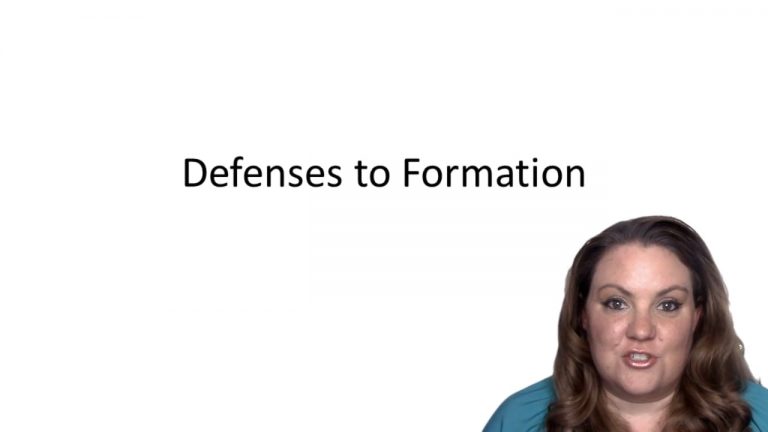SmartBrief
Confirm favorite deletion?
Contracts Keyed to Kuney
Williams v. Walker-Thomas Furniture Co.
Citation:
350 F.2d 445, 121 U.S. App. D.C. 315 (1965).
ProfessorMelissa A. Hale
CaseCast™ – "What you need to know"
Facts
Between 1957 and 1962, the plaintiffs purchased furniture from Walker-Thomas. Both plaintiffs entered into an installment plan with Walker-Thomas to pay for their purchases. The payment contract provided that title to items sold would remain in Walker-Thomas until all payments were made and, in the event of plaintiffs’ default, Walker-Thomas could repossess the items. Moreover, the contract provided that a balance due would remain on all items purchased from Walker-Thomas until the total balance owed was paid in full. Therefore, each subsequent contract was secured by any prior purchases. On May 12, 1962, Thorne purchased various pieces of furniture from Walker-Thomas for $391.10. However, Thorne soon defaulted on his payments and Walker-Thomas sought to repossess all items he had purchased since 1958. On April 17, 1962, Williams bought a stereo for $514.95, but also defaulted and Walker-Thomas sought to repossess all items she had purchased since 1957.
Only StudyBuddy Pro offers the complete Case Brief Anatomy*
Access the most important case brief elements for optimal case understanding.
*Case Brief Anatomy includes: Brief Prologue, Complete Case Brief, Brief Epilogue
- The Brief Prologue provides necessary case brief introductory information and includes:
Topic:
Identifies the topic of law and where this case fits within your course outline.Parties:
Identifies the cast of characters involved in the case.Procedural Posture & History:
Shares the case history with how lower courts have ruled on the matter.Case Key Terms, Acts, Doctrines, etc.:
A case specific Legal Term Dictionary.Case Doctrines, Acts, Statutes, Amendments and Treatises:
Identifies and Defines Legal Authority used in this case.
- The Case Brief is the complete case summarized and authored in the traditional Law School I.R.A.C. format. The Pro case brief includes:
Brief Facts:
A Synopsis of the Facts of the case.Rule of Law:
Identifies the Legal Principle the Court used in deciding the case.Facts:
What are the factual circumstances that gave rise to the civil or criminal case? What is the relationship of the Parties that are involved in the case.Issue(s):
Lists the Questions of Law that are raised by the Facts of the case.Holding:
Shares the Court's answer to the legal questions raised in the issue.Concurring / Dissenting Opinions:
Includes valuable concurring or dissenting opinions and their key points.Reasoning and Analysis:
Identifies the chain of argument(s) which led the judges to rule as they did.
- The Brief Prologue closes the case brief with important forward-looking discussion and includes:
Policy:
Identifies the Policy if any that has been established by the case.Court Direction:
Shares where the Court went from here for this case.
Topic Resources
Topic Outline

 6m 28s
6m 28s